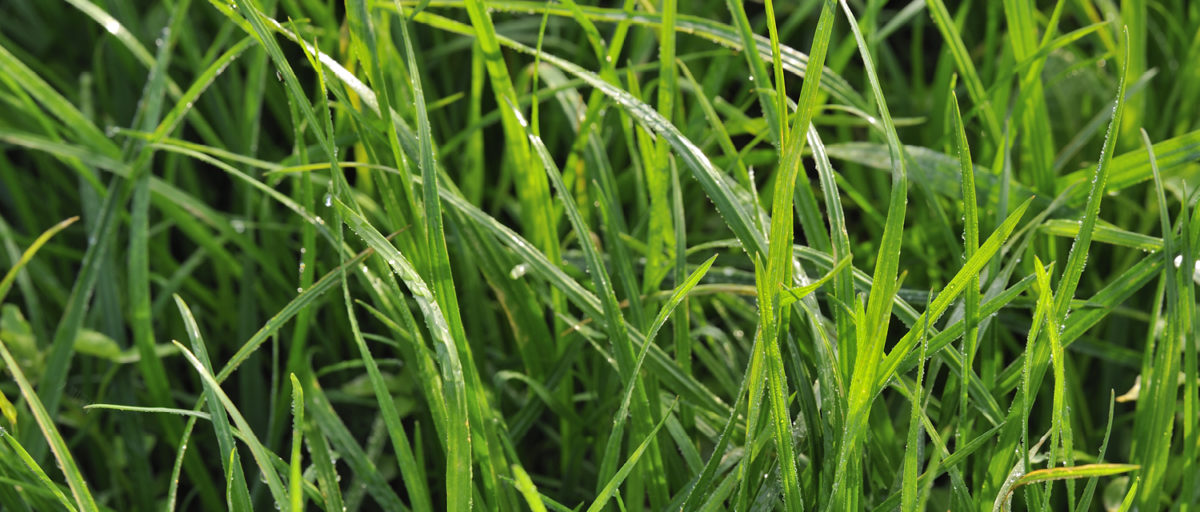The impacts of winter forage crop grazing usually include soil compaction from livestock treading, and increased urea on soil. Potential risks of these include impacts on subsequent crop production and nitrogen loss from soil via leaching into waterways or N2O (nitrous oxide) greenhouse gas emissions.
Using crop establishment techniques that reduce soil compaction and its adverse effect on nitrogen loss, while supporting overall crop production, is an important consideration for growers.
A new study, part of the Forages for Reduced Nitrate Leaching (FRNL) programme and the Plant & Food Research-led Strategic Science Investment Fund programme, Sustainable Agro-Ecosystems, looked at the effects of soil compaction and urine from livestock on subsequent crop production and nitrogen loss.
A specific focus was on whether no-tillage (direct drill) crop establishment could help to reduce the risk of nitrogen losses and the performance of subsequent crops.
The scientists conducted a field trial in Canterbury in 2016–17, where an oat forage crop was grown, followed by simulated grazing and then barley crop growth.
Intensive tillage and no-tillage crop establishment techniques were used. The results showed soil compaction had no significant effect on crop yield and nitrogen loss.
But high urea content of soil decreased grain yield and increased nitrogen loss.
The tillage method used did not affect nitrogen loss or the forage crop production, and no significant differences were found between tillage methods in reducing the effects of grazing on the risk of nitrogen loss. No-tillage was found to increase the early growth and water use efficiency of the subsequent barley crop, however, resulting in greater marketable grain yield at final harvest.
Previous studies have shown no-till methods have lower costs for crop establishment and a decreased risk of soil compaction and nitrogen loss. Therefore these additional benefits of no-tillage support its use over intensive tillage in forage cropping systems.
This study was funded by the New Zealand Ministry of Business, Innovation and Employment under the two programmes identified above.
Journal References
Hu W, Beare M, Tregurtha C, Gillespie R. Lehto K, Tregurtha R, Gosden P, Glasson S, Dellow S, George M, Tabley F, Qiu W, Baird D 2020. Effects of tillage, compaction and nitrogen inputs on crop production and nitrogen losses following simulated forage crop grazing. Agric Ecosyst Environ 289: 106733, pp. 1-11. https://doi.org/10.1016/j.agee.2019.106733.Hu W, Tabley F, Beare MH, Tregurtha C, Gillespie R, Qiu W, Gosden P 2018. Short term dynamics of soil physical properties as affected by compaction and tillage in a silt loam soil. Vadose Zone J 17: 180115. doi:10.2136/vzj2018
Source: Plant & Food Research












